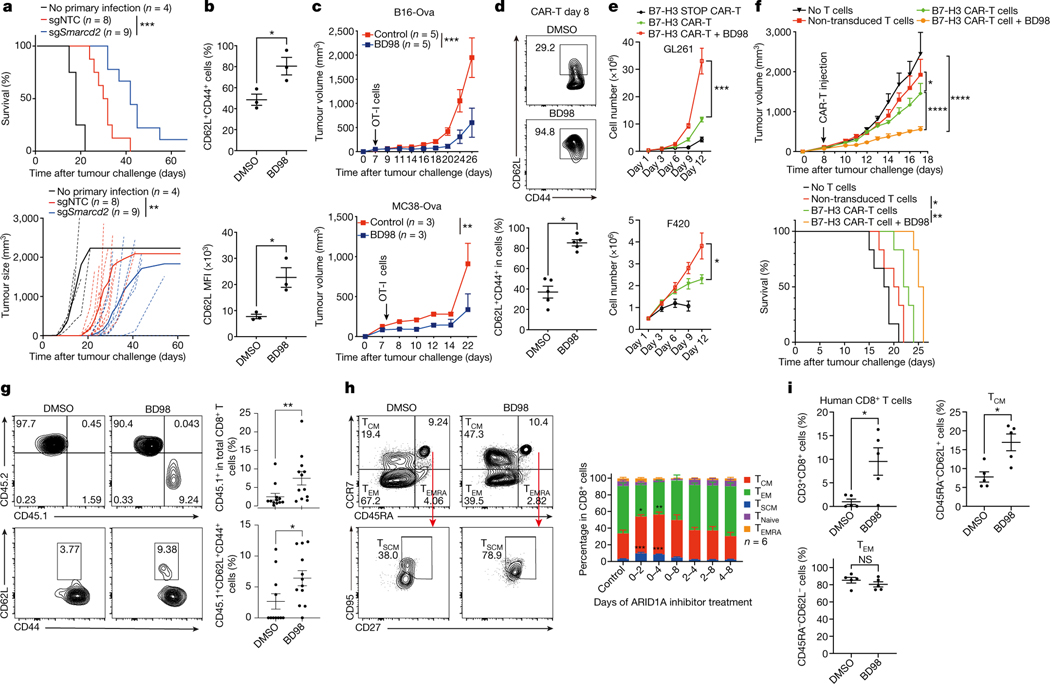Figure 4. Transient inhibition of cBAF during T cell activation improves adoptive T cell therapy.
a, Tumor growth and survival of tumor-bearing mice (see Extended Data Fig. 8a). b, Quantification of the percentage of CD62L+CD44+ and the mean fluorescence intensity (MFI) of CD62L in OT-I cells treated with DMSO or BD98 during activation for 48 hours followed additional 2 days culture (n=3 biological replicate). c, Tumor growth of B16-Ova (n=5 mice) and MC38-Ova tumors (n=3 mice) after transfer of OT-I cells with or without BD98 treatment. d–g, B7-H3 CAR-T cells were generated with or without BD98 (see Extended Data Fig. 8g). d, Flow cytometry plot and quantification of CD62L+CD44+ CAR-T cells in vitro (n=5 biological replicates). e, Expansion of CAR-T cells during repeat stimulation with B7-H3-expressing tumor cells (F420 and GL261) in vitro (n=3 biological replates). STOP CAR, a control CAR containing only the single-chain variable fragment and transmembrane domain. f, Tumor growth and survival of F420 tumor-bearing mice treated with indicated CAR-T (n=6 mice). g, Flow cytometry plot and quantification of intratumoral CD45.1+ (upper) and CD62L+ (lower) CAR-T cells (n=12 mice). h, Flow cytometry plot and quantification of human TCM (CD45RA−CCR7+), TEM (CD45RA−CCR7−), and TSCM (CD45RA+CCR7+CD27+CD95+) cells in vitro. BD98 was added for the indicated times (n= 6 biological replicates). i, Quantification of total, TCM-like (CD45RA−CD62L+) and TEM -like (CD45RA−CD62L−) human CD8+ T cells in Nod-Scid-common gamma chain-deficient (NSG) mice at day 30 after transfer of human CD8+ T cells with or without BD98 treatment. Data are representative of two (a, c, f, i) or compiled at least two (b, d, e, g, h) independent experiments. Data are shown as mean±s.e.m. *p<0.05, **p<0.01, ***p<0.001, ****p<0.0001; two-tailed unpaired Student’s t-test (b, d, g, i), one-way ANOVA (h), two-way ANOVA (a, c, e, f); and log-rank (Mantel-Cox) test (a, f).

